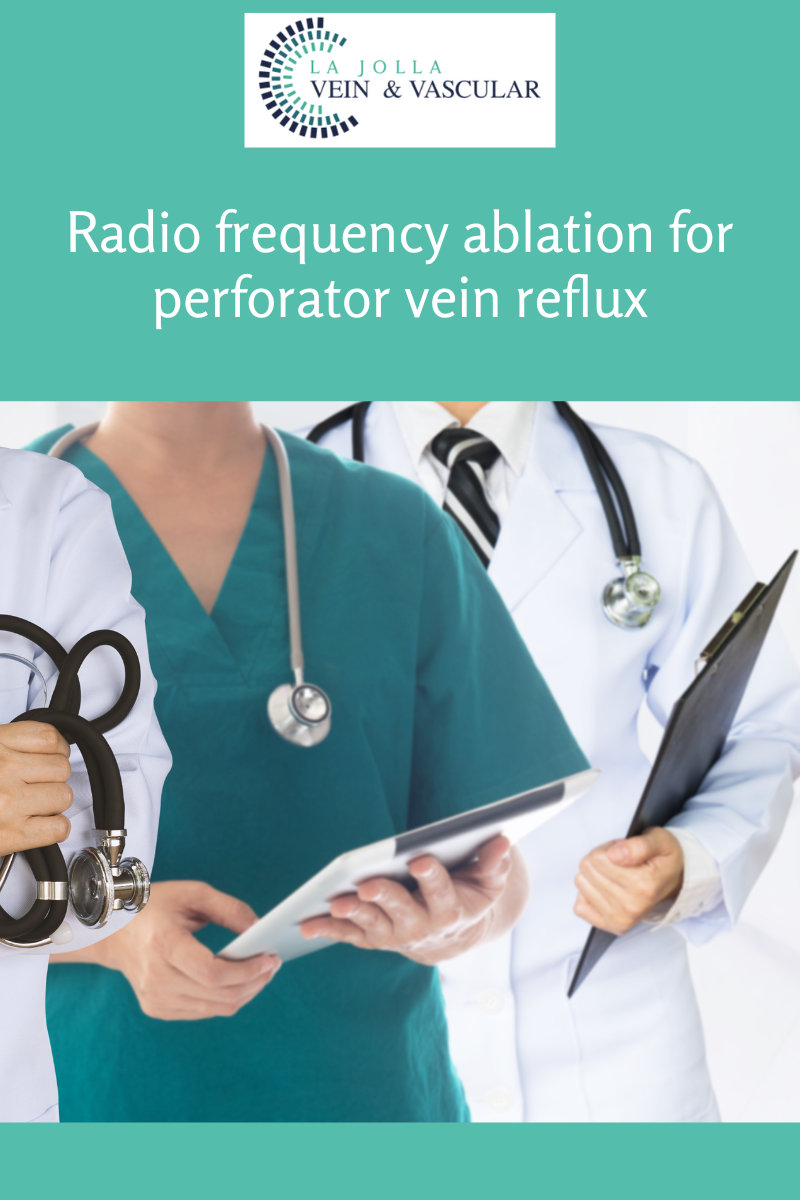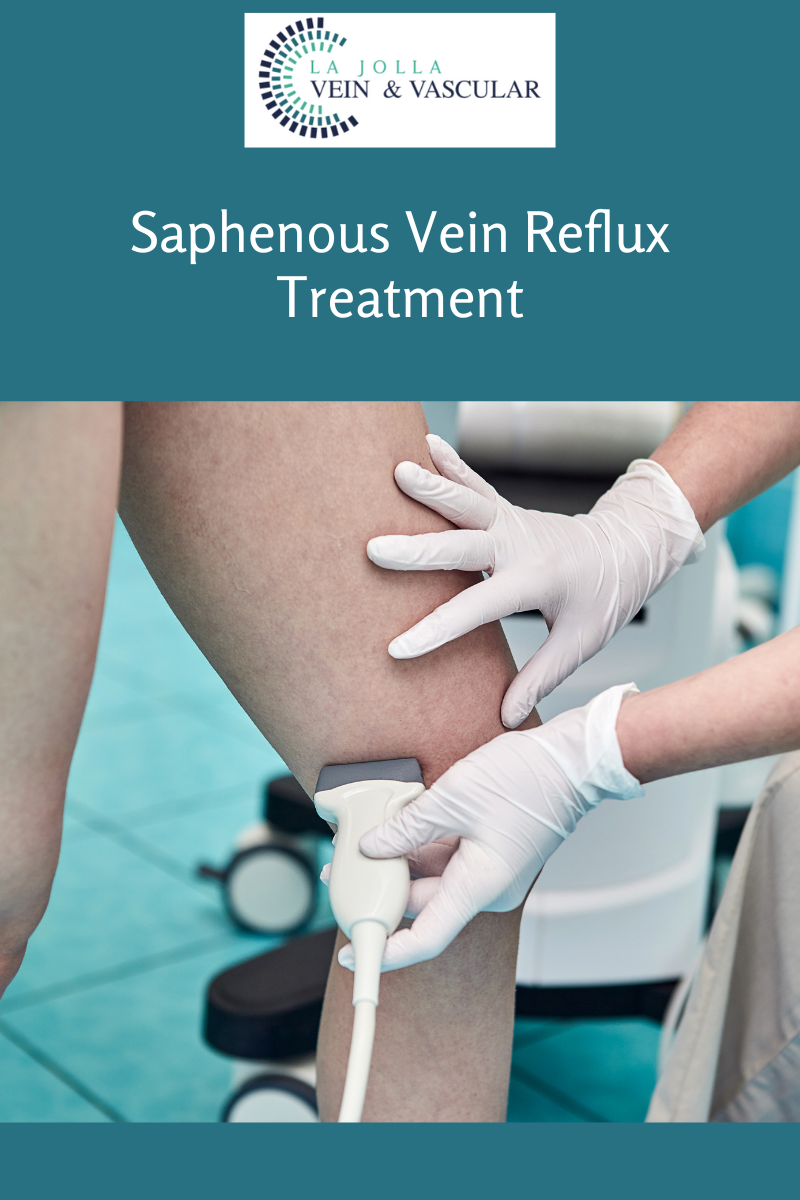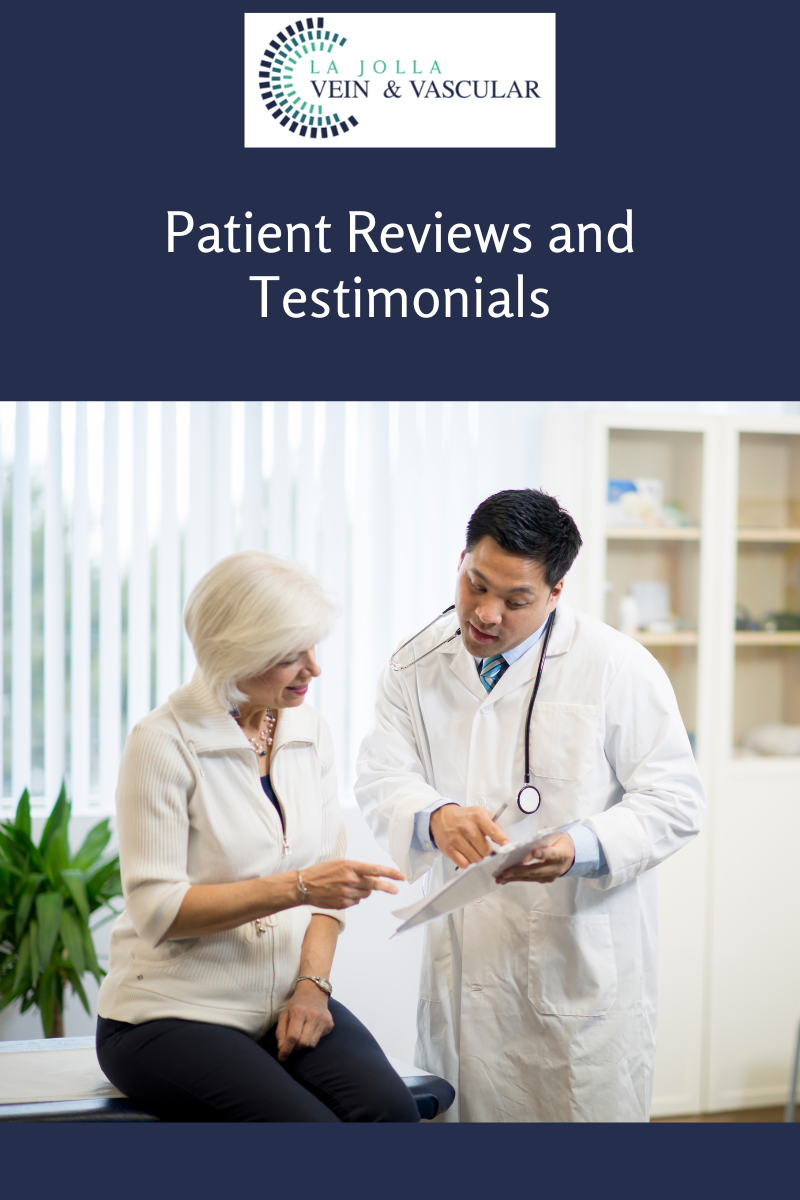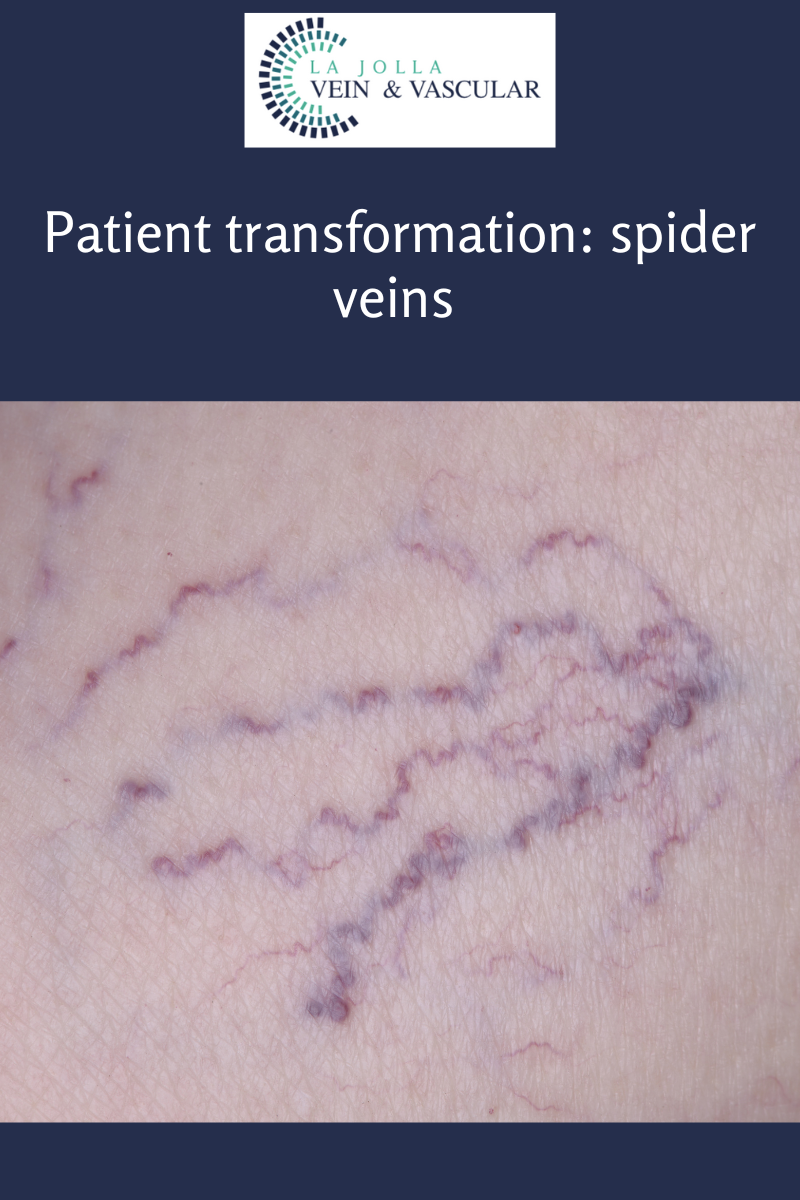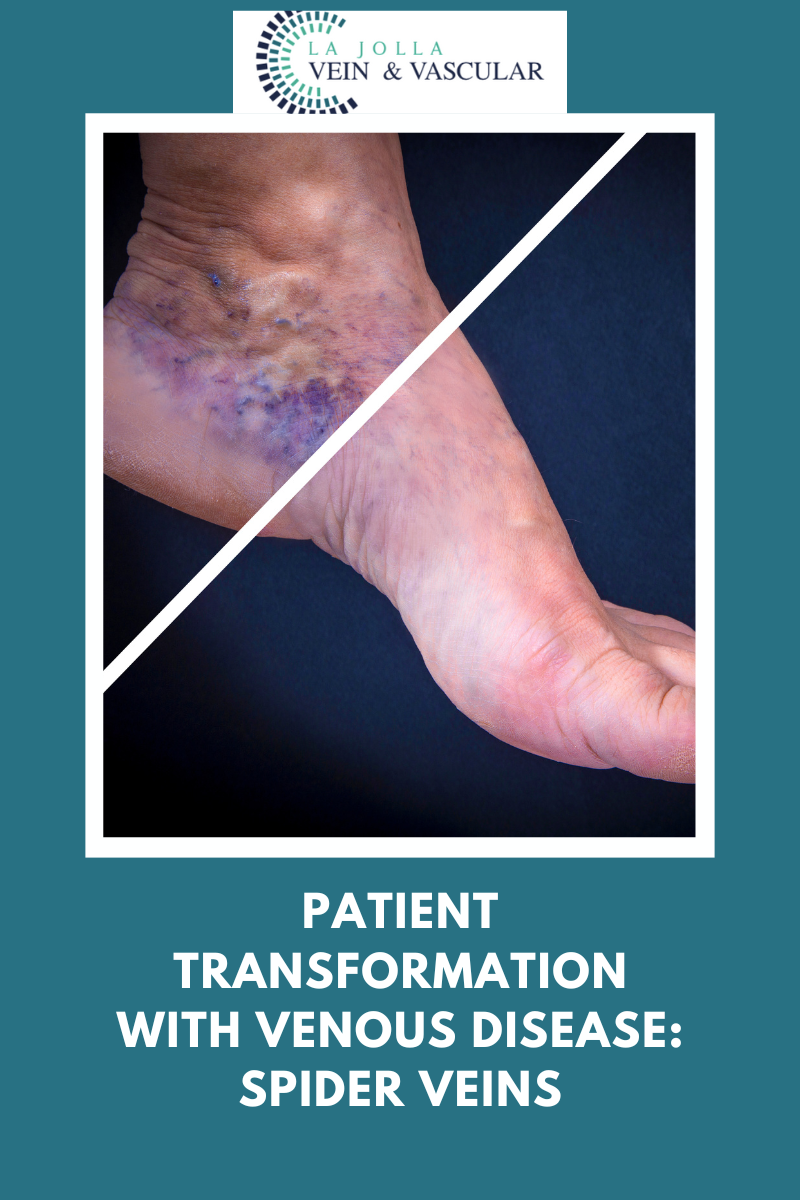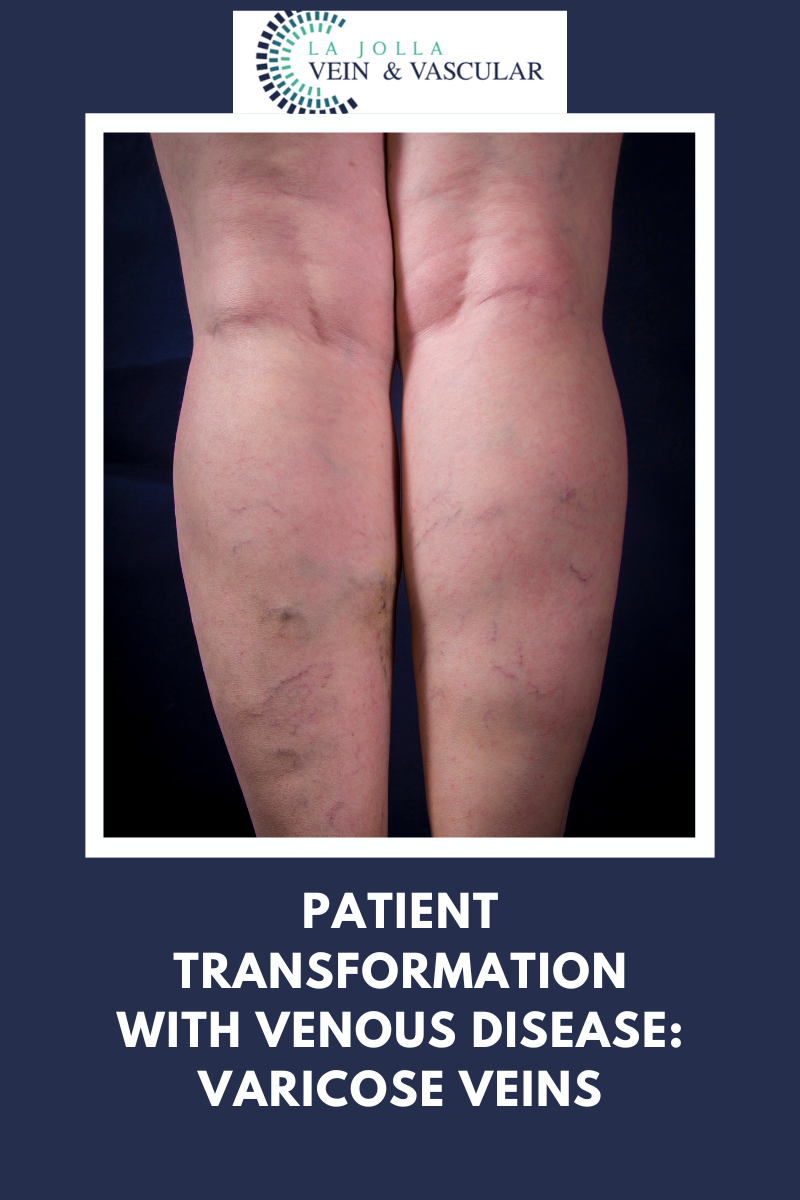Radiofrequency Ablation for perforator vein reflux
LJVascular2023-02-15T15:55:23-08:00Radiofrequency perforator ablation is performed on perforator veins, short connections between your deep and superficial veins. Perforator veins can suffer the same sort of valve damage and retrograde blood flow (venous reflux) as other veins. Most patients with vein disease who experience skin changes, (that also may result in […]

